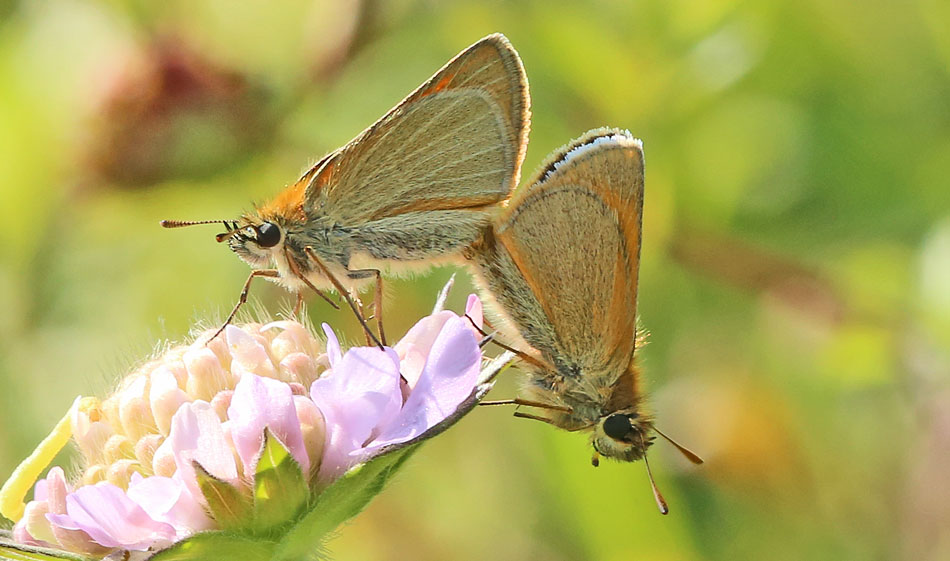A new report on trends of grassland butterflies across Europe shows that numbers declined by 36% in just ten years, between 2011 and 2020. Butterfly Conservation (UK) is working hard with partners in Butterfly Conservation Europe to reverse these trends, which were worse in the UK.
The European Grassland Butterfly Indicator, recently calculated for the eighth time by Butterfly Conservation Europe, is a key indicator of the health of European Grasslands. It is based on an aggregate of trends from 17 widespread grassland species. The decline of these butterflies shows that Europe’s grasslands have deteriorated seriously over the last 30 years. The chief factors are agricultural intensification either from the conversion of grasslands to arable fields or the heavy use of fertilisers and herbicides which reduce the wildflowers on which butterflies breed. Nitrogen deposition from agriculture and car exhausts, is also a growing factor, as is climate change which adds another stress.
The results have huge implications for wildlife. Butterflies are good indicators of other insects, which are vital for the functioning of ecosystems. Insects are important parts of the diet of many other animals, including birds and bats. They are also responsible for the pollination of most wildflowers as well as certain crops. The decline in grassland butterflies puts the future of these vital habitats in peril.

Small Skipper, copyright Mike Duffy, from the surfbirds galleries
Dr Nigel Bourn, Chief Scientist at Butterfly Conservation and Board Member of Butterfly Conservation Europe, said: “Butterflies are incredibly useful barometers of the health of the environment on which we all depend. We need to take action now to help reverse their decline.”
Dr David Roy, Head of the Biological Records Centre at the UK Centre for Ecology and Hydrology, said: “This indicator uses the rapidly expanding network of Butterfly Monitoring Schemes across Europe – the most comprehensive large-scale insect dataset anywhere in the world. The fantastic citizen science initiative relies on thousands of skilled volunteers. This dataset is vital to understand the status of butterflies as important pollinators, and to indicate the quality of habitats.”
One ray of hope is the new EU Nature Restoration Law, one of the key elements of the EU Biodiversity Strategy 2030 published last May. It defines binding targets for the entire EU for the renaturation of various ecosystems and reversal of the declines in wild insect pollinators. Two years after the regulation enters into force, member states must submit plans on how they intend to meet these targets. They must also document the success of their measures. The European Grassland Butterfly Indicator will be one of the key measures of success.
Dr Martin Warren, Head of Development at Butterfly Conservation Europe, said: “The rapid decline of Europe’s grassland butterflies is a clear warning sign of the plight of wildlife across Europe. The new EU Restoration Law is a massively important piece of legislation to tackle these declines and we hope that Member States will rise to the challenge to help solve the biodiversity crisis we are facing.”
The results echo the recent State of the UK’s Butterflies report, which showed that 80% of UK butterflies have decreased in either abundance or distribution since the 1970s, and many species are at risk of extinction. Many UK grassland butterflies are also in decline, including the Wall and Small Skipper, which have declined in abundance by 86% and 71% respectively since 1976. The UK also has ambitious targets to halt the loss of species abundance by 2030. Butterfly trends will be a major way of assessing progress.